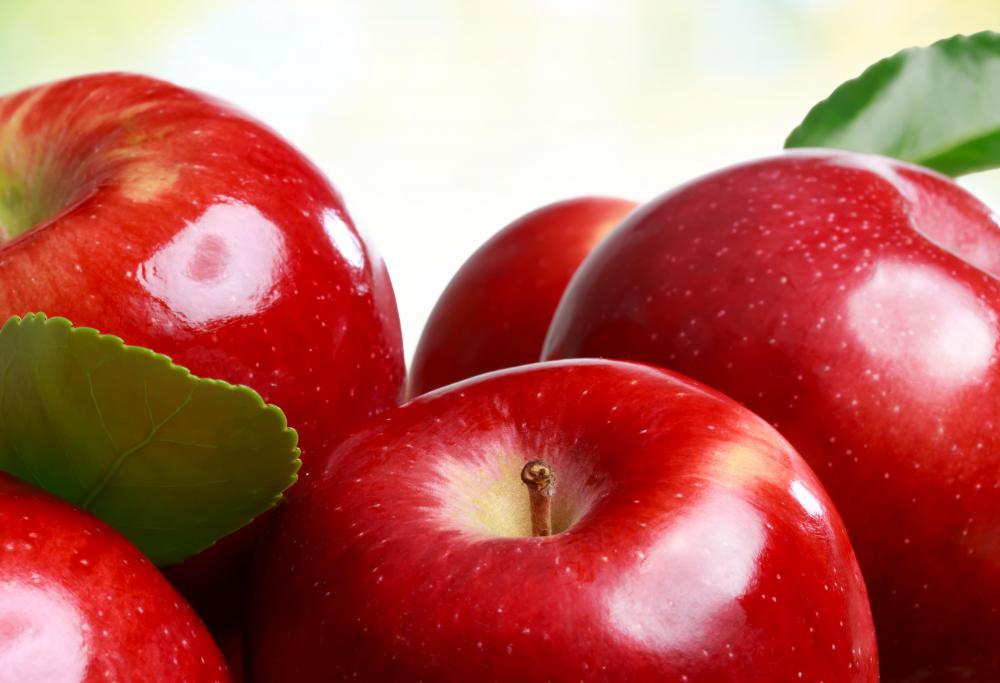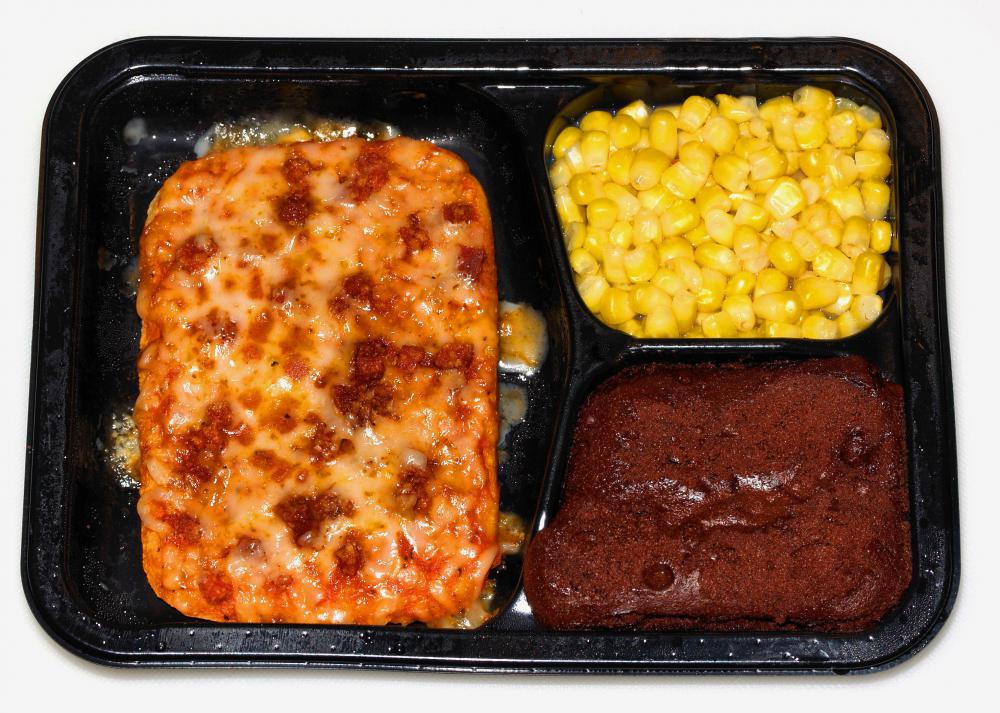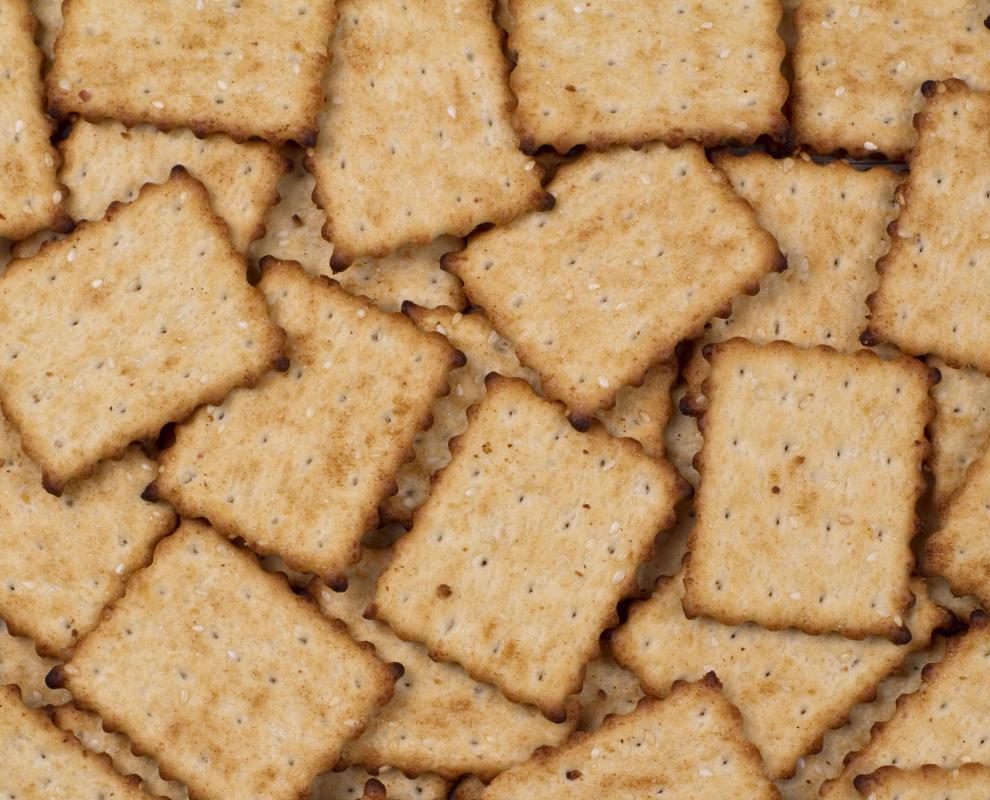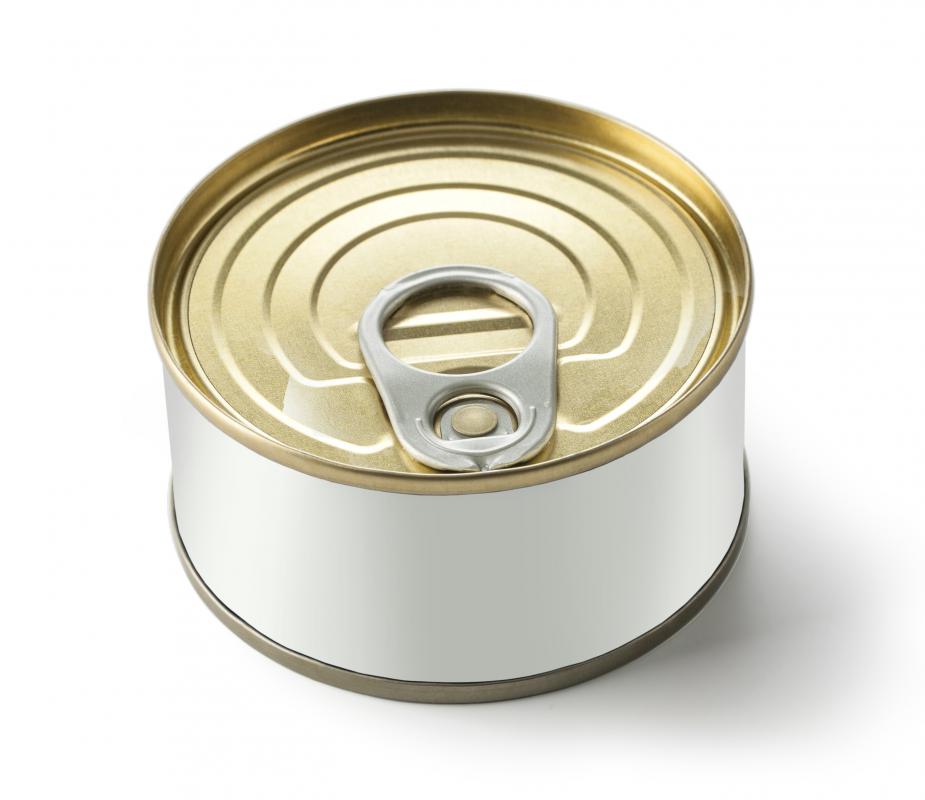At TheHealthBoard, we're committed to delivering accurate, trustworthy information. Our expert-authored content is rigorously fact-checked and sourced from credible authorities. Discover how we uphold the highest standards in providing you with reliable knowledge.
What are Convenience Foods?
Very loosely, a convenience food is a consumable item that someone can eat relatively quickly with little to no preparation, such as a piece of fruit. Usually, though, when people use the term, they mean something edible that is prepackaged and previously processed, and which can be ingested right out of the container or after very brief heating. Most people use them to save time, eat conveniently during travel, replace homemade versions or store food for a longer period of time. Developed primarily in the 20th century with links to multiple areas such as culture, economics and politics, they are known for being nutritionally deficient and high in calories, which is linked to many different health issues, including obesity. Their environmental effects are also a concern, as is their contribution to a widespread loss of culinary skills.
Examples

These types of products fall generally into two larger categories: meals and snacks. Canned stews and soups, frozen dinners or entrées and instant noodles are good examples for the former group. Certain products, such as canned corn, usually serve as side dishes or an ingredient in a larger recipe, so they can be identified as meal items, as well. Potato chips, individually wrapped muffins and donuts, candy, cookies and crackers are all classified as convenience snacks.
Purpose

As the term implies, convenience foods are designed to make having something to eat a little easier. They reduce the number of steps it takes before a person can take a bite, so a big reason for making and using them is to save time. In some cases, the intent is to make it possible to eat when “on the go” or traveling, because they can be carried easily in a bag for later or consumed with minimal preparation and tools. Another purpose is to provide an alternative to something traditionally made at home when someone doesn’t have the equipment or knowledge to make it themselves, such as using packet of gravy powder if a person never learned how to cook it from scratch. Some of these products, such as canned, tinned or dehydrated items, are designed to increase storage time or shift how the foods are kept, which is extremely beneficial to people who can’t or don’t want to shop often, or who don’t have access to tools like refrigerators and freezers.
Nutritional Problems

Some convenience foods, such as an apple or a banana, can be excellent choices to include in a well-balanced diet, because they are rich in nutrients but relatively low in calories. Most of the prepackaged types, however, are loaded with excess amounts of sugar, salt and fat, as well as other additives. Using these ingredients either extends the product’s shelf life or masks the loss of original flavor that occurs with processing.

Critics of these products assert that they can result in nutritional deficiencies that can cause problems such as poor skin or fatigue. They also link these foods to potentially deadly conditions, such as heart disease, as well as to the increasing prevalence of obesity around the world. Part of this is because the caloric content typically is extremely high, meaning people can far exceed their recommended calorie intake before they are full — a single frozen entrée or fast food meal, for instance, can contain all the calories someone needs for the entire day.

The nutritional problems present with many of these items do not mean that a person can never eat them. What really matters is an individual’s overall nutritional intake, so medical experts and nutritionists generally see these products as occasionally acceptable, labeling them as treats or “sometimes” foods. They generally do not see the use of supplements as the ideal solution to excess consumption, instead preferring long-term dietary changes.
Environmental Concerns

Even if every convenience food could be labeled as perfectly healthy and nutritious, many of them cause an environmental problem. They typically come in plastic, metal or cardboard containers, and although people can recycle many of these materials, frequently, the packages end up in the trash and, subsequently, in landfills. Once there, they potentially can take hundreds of years to break down.
Loss of Culinary Skill

One reason people find fault with convenience foods is that they might be contributing to the very lack of culinary skills that sometimes make their use necessary. There is now a generation that has grown up using these products as everyday fare, and who were not taught many basic cooking techniques and their connection to chemistry. Individuals who did not receive these kitchen lessons often see the selection of something that is prepackaged as normal and frequently do not realize how much better fresh or handmade foods can taste. In response, some chefs and nutritionists consciously are emphasizing movements toward home cooking.
The Economy Myth

In some instances, convenience foods can be extremely cheap. The classic example in the United States is college students on a budget buying packets of Ramen®, which are instant noodles sold in dry cakes with powdered soup stock that cook in just a little boiling water. Individuals who use large amounts of convenience foods sometimes claim that they don’t have any choice, that they buy them because they cost less than healthier alternatives. This often does not hold true, however. For the price of one fast food meal, for example, a person often can buy an entire chicken.

The so-called “economy myth” surrounding these items has led some experts to question the real motives behind their use, which they believe tie closely to both cultural standards and personal choice. Many businesses have admitted that they spend significant amounts of time and money to come up with formulas that make it harder for the brain to say “no” to consumption, and as a result, some experts assert that the problem has nothing to do with money and everything to do with outright addiction.
History and Development

How convenience foods developed and became popular is complex, reaching into multiple areas of study. Originally, they were made primarily for use during war, with soldiers using them to transport meals and quickly get the calories and nutrients they needed to stay in battle. After World War II, companies realized that the general population also could benefit and began introducing mass market versions. This coincided with changes in trade, which led to people wanting to try different foods from other areas, and a shift from buying foods from individual, specialized shops to purchasing them at early supermarkets.

Technology also contributed to the rise of these items. When the TV was invented and made its way into homes, for example, people moved away from eating in the dining room and toward easy, fast meals they could consume in front of their sets. As freezers and refrigerators became standard, people were able to store prepackaged cold and frozen foods to a greater extent.

Business shifts made convenience foods attractive, as well. In the United States, for example, in the mid-20th century, women were in the workforce in record numbers, in part because they had proven themselves valuable during World War II, taking the jobs of their male relatives and spouses who were away fighting. Cooking traditionally had been seen as a “woman’s task,” so when women began exploring careers and were no longer at home as much to make meals, families turned to processed, prepackaged options.
Studies have investigated how culture and gender shape the use of these products. Through simple techniques, such as surveys, they have discovered that people prefer different items in different countries, for example. Experts have learned that women are more likely to choose snack versions, as well. This information is extremely valuable, because it provides some insights as to how companies might control the use of these foods through market research and application. That, in turn, dictates to a large degree how they will develop and be used in the future.
AS FEATURED ON:
AS FEATURED ON:






















Discussion Comments
convenience food is easy to prepare and therefore acts as a vital source of good nutrients on the move.
Sneakers41-I agree I love pizza. I also think that a rich soup with some crackers makes a great meal. Split pea soup or a clam chowder with some crackers really can make you feel satisfied and it is easy to make.
Chili is also a good choice and it is high in fiber and low in calories. Also the beans in the chili help to stablize your blood sugar.
Comfyshoes-I agree. I have had a lot of those meals and they are delicious and do make things easier for me when I am in a hurry.
I also like frozen food because you can put the container in the microwave and be done in a few minutes.
You could add a salad and some bread sticks and lasagna and you are all set. The lasagna might take about ten to fifteen minutes but that sure beats the hour that it would normally take you in the oven.
Also, pizza has come a long way. Red Baron pizza is really good and among my favorite frozen foods. These are a Friday night staple that goes great with a rented movie.
Icecream17-I think that convenience foods are important to have around. Sometimes you have days in which you are rushed and they can really help you.
There are a series of Hormel foods that offer precooked meals that only have to be put in the microwave for a few minutes.
This allows you to have the semblance of a home cooked meal in minutes. Some of the meals are delicious and you can cook some rice or mash potatoes as a side dish and have dinner complete in no time.
There are a lot of meat dishes with gravy that are outstanding. You really think that you are eating a meal from a restaurant. They are usually found in the meat section adjacent to the deli aisle in your supermarket. I prefer this to any frozen food.
Many convenience foods are really processed foods that are not really healthily eating foods. These are foods that are quick and easy and ready to eat.
They include potato chips, cookies, and baked goods. Sometimes convenience foods are also considered fast food items.
Fast food is referred to food that you can order and receive within minutes. This includes cheeseburgers, French fries, milkshakes, tacos and anything that can be prepared in minutes.
Convenience foods can also include canning foods. Canned foods like Hormel foods like chili and corn beef hash are also examples of 100 best convenience foods.
A can of chili for example, offers a lot of fiber and protein and makes a hearty meal especially in the winter. This is also a healthy choice and should be considered among one of the best diet foods.
Post your comments